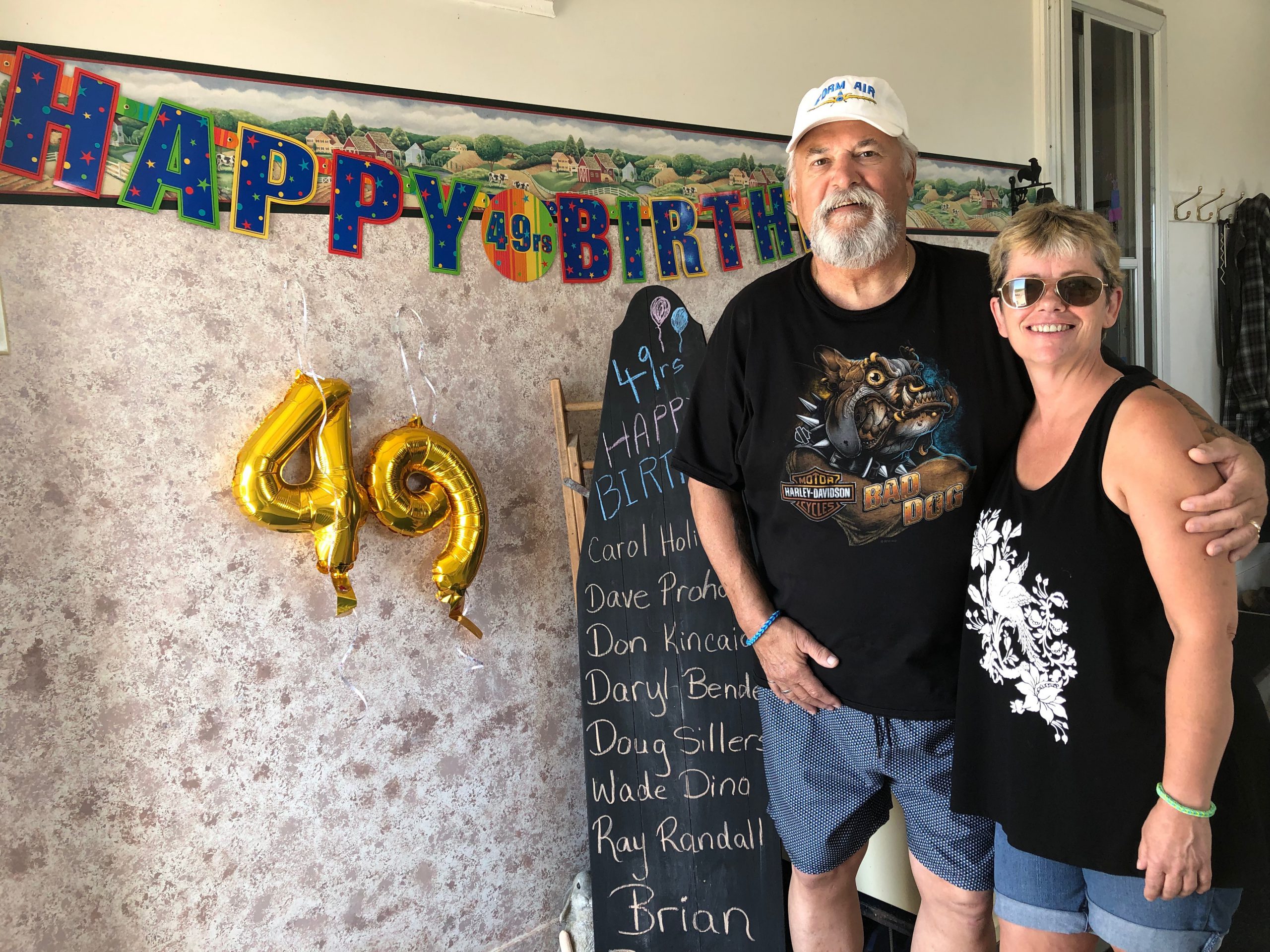The dangers of asbestos exposure hit home for one Saskatchewan man
Asbestos kills. That is much more than a WorkSafe safety campaign slogan for Wade Dieno. The 70-year old Chitek Lake resident knows all too well about the dangers of asbestos exposure in the workplace, the leading cause of work-related deaths in the province. He was diagnosed with stage three mesothelioma (a cancer of the lungs and chest wall, most often caused by exposure to asbestos) in Nov. 2019, and was given 12-14 months to live. The news hit him like a bolt of lightning.
“Shock, anger, bitterness – I went through them all,” Wade says. “I had only retired two years before that, and had a great retirement planned with my wife Colleen, including spending six months a year at our retirement property in Mexico. It was devastating to realize I won’t be around for any of that.”
Wade’s story mirrors those of many young men in rural and small-town Saskatchewan in the 1960s. He left school after grade 10 to pursue a career in the trades, starting out as a labourer at a potash mine in 1968. He went on to acquire a journeyman qualification in plumbing, gas and pipe fitting. In 1982 he went to work at a uranium mine in northern Saskatchewan, and spent the next 35 years there – eventually acquiring a power engineer ticket.
“We were around asbestos all the time,” Wade recalls. “But, to be fair, the companies provided us with all the personal protective equipment (PPE) that we needed to stay safe. Did I always use it? No. Do I wish that I did? Absolutely.”
“I was like a lot of guys, and thought I was invincible. So, I cut corners on safety to get my work done. And now, that decision is costing me the ultimate price.”
Asbestos was used in many common building materials up until the late 1990s, and its impact is still felt today. When asbestos is disturbed, like during renovations, tiny fibres are released into the air and can cause severe – even fatal – lung diseases like lung cancer, asbestosis and mesothelioma. According to the Saskatchewan Workers’ Compensation Board (WCB), in 2019, almost 45 per cent of all work-related deaths in Saskatchewan were from asbestos-related diseases.
“Oh sure, I was angry and bitter at first,” Wade says. “But really, what’s the point? In the end, it was me. I made the decisions that are costing me my future.”
“That’s why I’m telling my story now,” Wade continues. “If I can prevent some young workers, even just one, from making the same mistakes I did, I suppose that would be a pretty good legacy to leave behind.”
Wade enthusiastically supports the “Asbestos kills. It’s best to test.” campaign recently launched by WorkSafe Saskatchewan. The campaign aims to raise awareness that asbestos exposure continues to be a problem and that it’s best to test if asbestos is suspected to be present.
“We want to remind and educate construction contractors and homeowners that asbestos remains a serious health issue,” says Kevin Mooney, vice-president of prevention and employer services at the Saskatchewan WCB. “If you take the time to test for asbestos before starting any construction or renovation project, you can protect yourself and others from asbestos exposure.”
For more information including an asbestos abatement guide, free e-course and additional resources, please visit www.worksafesask.ca/asbestos.






